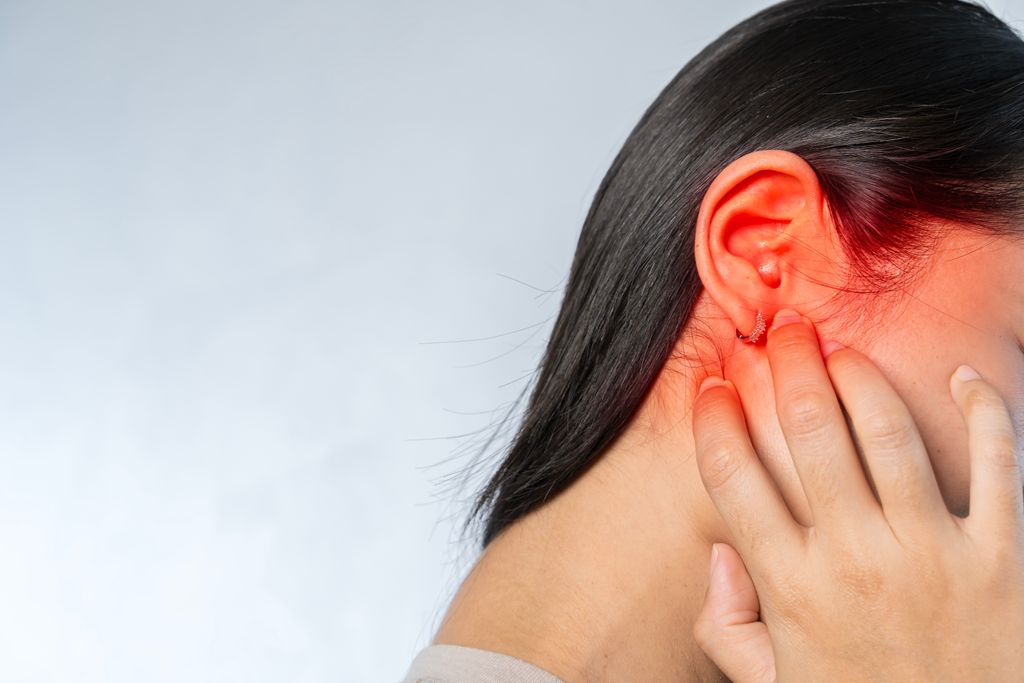TMS Techniques for Treating Tinnitus
Repetitive Transcranial Magnetic Stimulation (rTMS)
rTMS treatment involves delivering a series of magnetic pulses to targeted brain regions to influence abnormal neural activity associated with tinnitus. Repetitive TMS aims to reduce the brain’s hyperexcitability in auditory processing areas, which is believed to contribute to the perception of phantom sounds. By modulating these neural circuits over multiple sessions, rTMS may help alleviate the severity and persistence of tinnitus symptoms.
Deep Transcranial Magnetic Stimulation (dTMS)
Deep TMS uses specially designed coils to deliver electromagnetic pulses deeper into the brain than traditional TMS methods. This technique has shown promise in treating tinnitus by targeting brain structures beyond the superficial cortical layers, allowing for more comprehensive modulation of the neural networks involved in sound perception. dTMS may be especially beneficial for individuals with chronic tinnitus that has been resistant to other therapies.
Theta Burst Stimulation
Theta burst stimulation (TBS) is a variation of TMS that delivers short bursts of magnetic pulses at specific frequencies, mimicking natural brain rhythms. This approach can induce lasting effects on brain plasticity in a shorter time than standard rTMS. TBS offers a time-efficient treatment option for tinnitus that may help reset dysfunctional auditory processing pathways and reduce the intrusive nature of phantom sounds.
